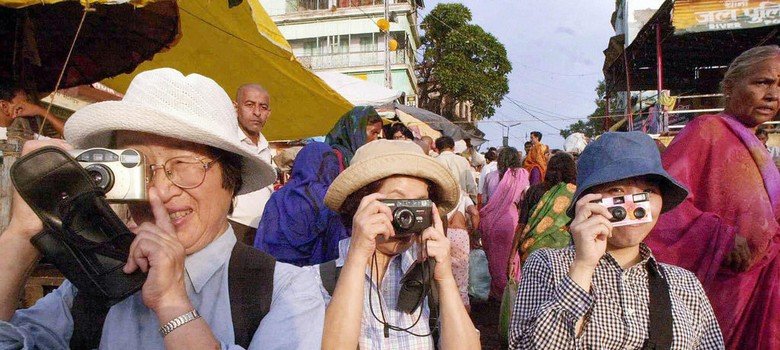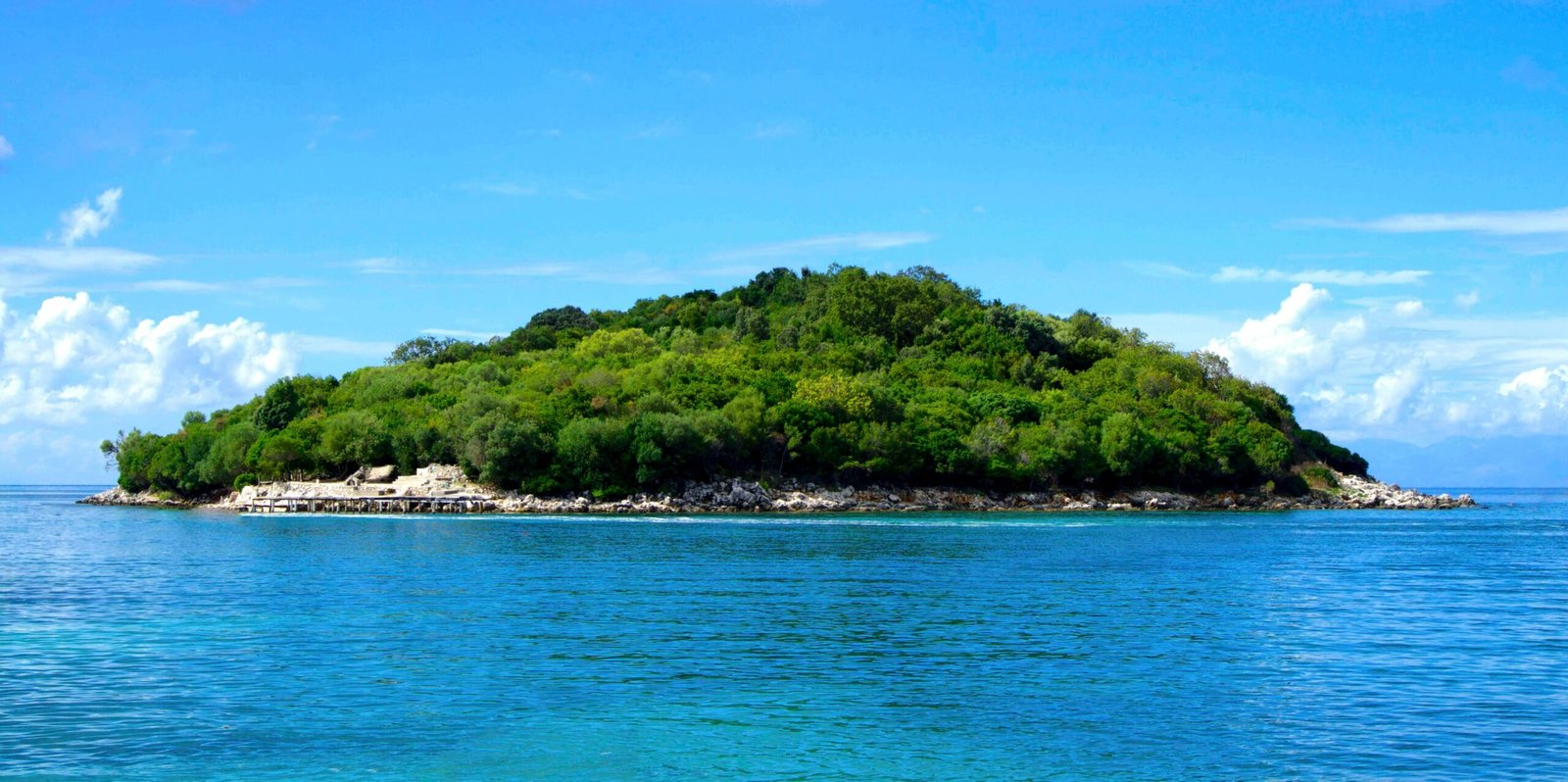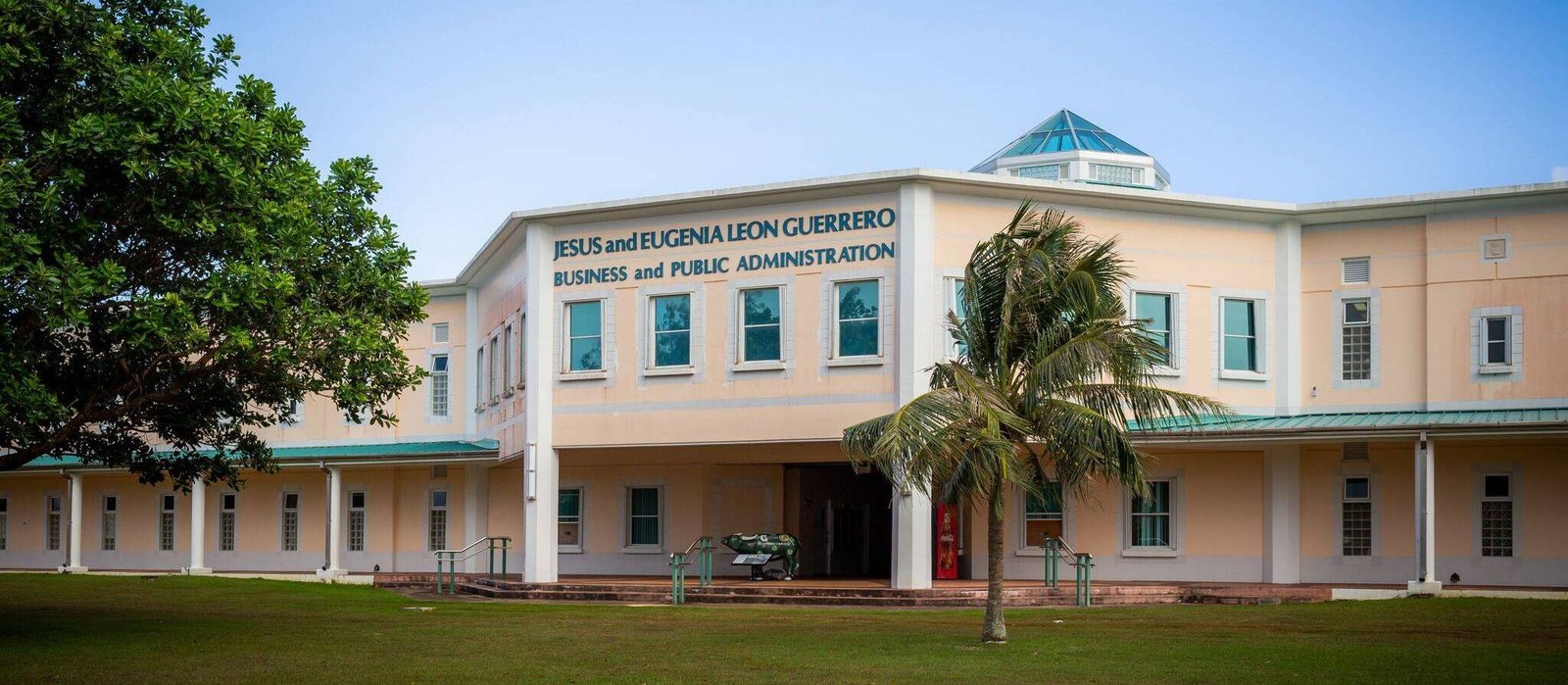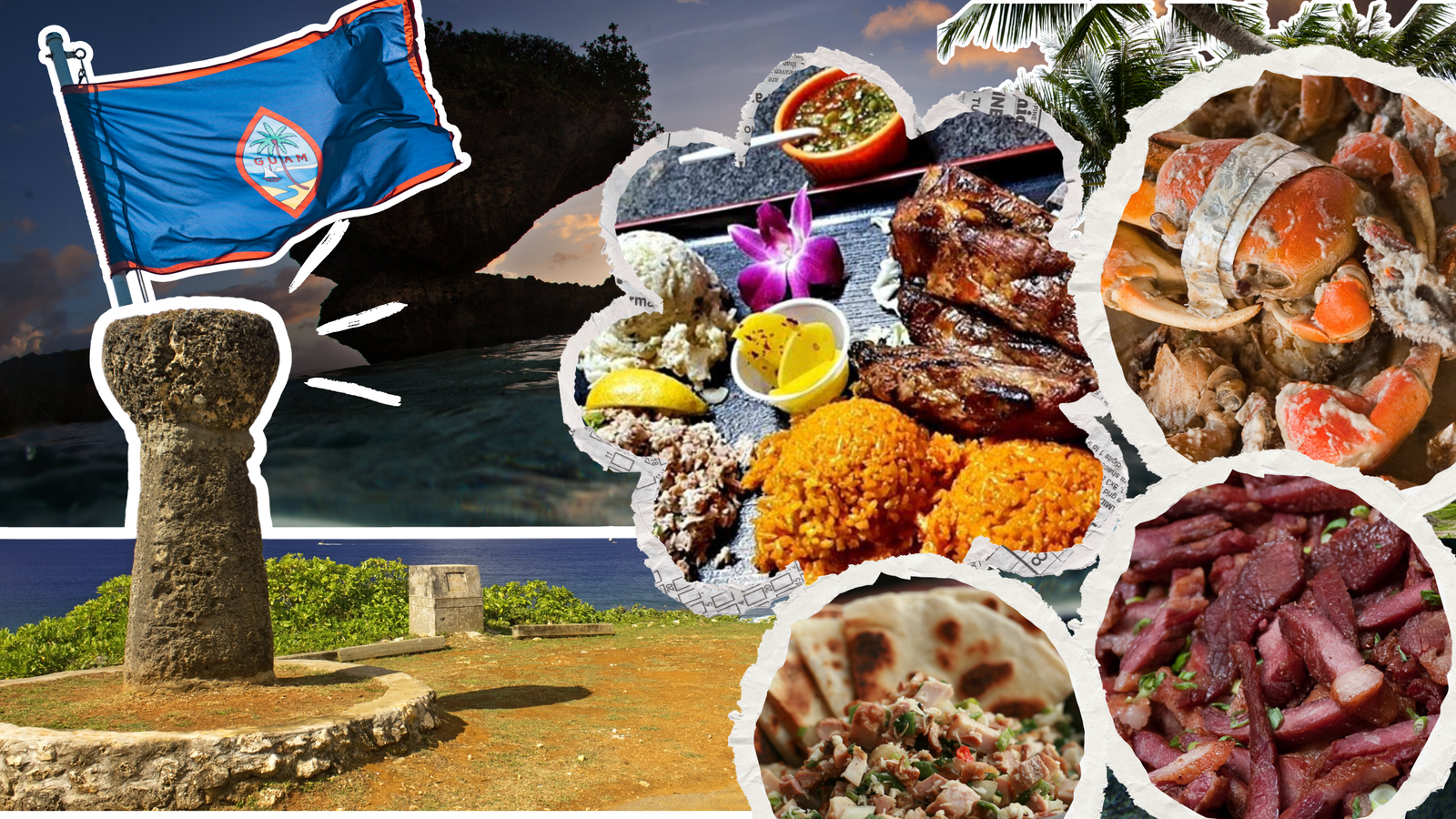About This Article This article is based on an in-depth interview with Dr. Bill Shang, a Specially Appointed Professor, Research and Development Advisor, and Employment Support Strategy Office Advisor at Tama University in Tokyo, Japan, who has extensive expertise in international education, tourism, and cultural policy. Born and raised in Tokyo, Dr. Shang pursued higher education in the United States and China, earning a Ph.D. in Chinese history through art from the University of Tokyo. He has previously served as Dean and Vice President at Tama University and continues to support international tourism development through research, academic exchange, and policy consulting.
In a departure from the traditional “sister city” model, Japan has adopted the concept of “Friendship Cities” to frame its international municipal partnerships. The rationale, according to Dr. Bill Shang, lies in the nuance: “The term ‘sister’ implies hierarchy. ‘Friendship’ emphasizes mutual respect and bilateral collaboration.”
Dr. Shang, a senior professor in Tokyo, has been instrumental in expanding the scope of these relationships. His focus extends beyond ceremonial exchanges to tangible, long-term projects involving education, tourism, and local economic development. One such initiative links Okayama with Guam, Taiwan, and San Jose, California, fostering mutual learning across the Pacific.

“These partnerships must transcend symbolism,” Shang argues. “They should facilitate exchanges that enrich both communities—academically, culturally, and economically.”
He proposes models wherein Japanese students study abroad in Guam to explore Pacific Island heritage, while students from Guam immerse themselves in Okayama’s historical and agricultural landscape. “It’s an opportunity to globalize education while rooting it in place-based learning,” he says.
Local governments and universities play pivotal roles in scaling these programs. Dr. Shang advocates for institutional frameworks that streamline logistics, provide financial support, and measure impact. “Friendship Cities are more than diplomatic gestures—they are laboratories for collaborative innovation,” he asserts.
The benefits extend beyond academia. These exchanges can catalyze joint tourism strategies, cooperative business ventures, and policy benchmarking. “For instance, sustainable tourism practices piloted in Guam could inform policy in Okayama,” Shang notes. “This is reciprocal development in action.”
Historically, Rotary Clubs on Guam played a role in fostering these connections, organizing exchanges and activities with Friendship Cities abroad. These early efforts helped lay the groundwork for today’s broader and more structured collaborations, highlighting the long-standing community-level interest in building bridges across borders.
At a time when geopolitical tensions and climate concerns call for greater global unity, Friendship Cities provide a platform for subnational diplomacy. “Through these networks, we nurture a culture of empathy, knowledge exchange, and resilience,” says Dr. Shang. “That’s the real future of international tourism and hospitality.”







